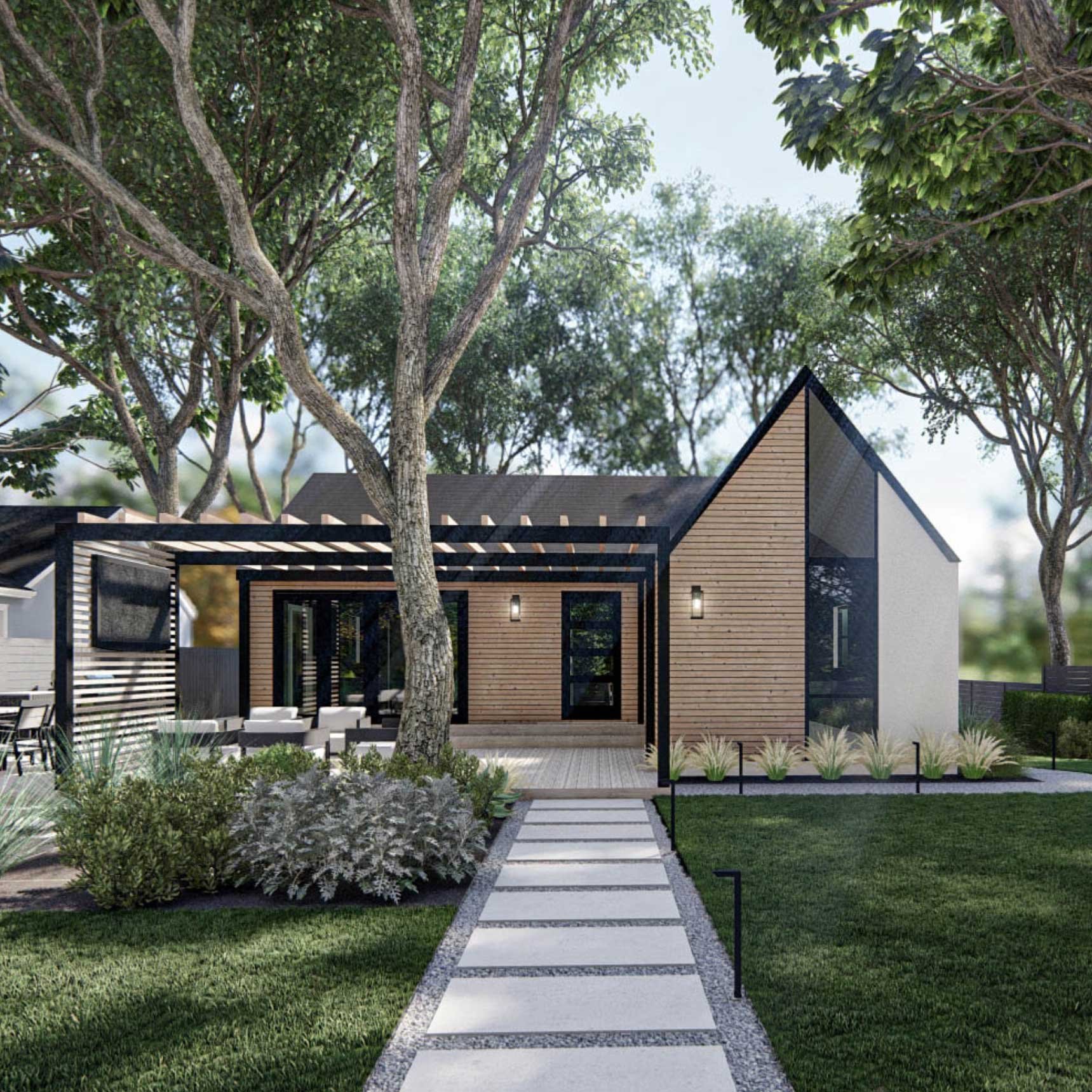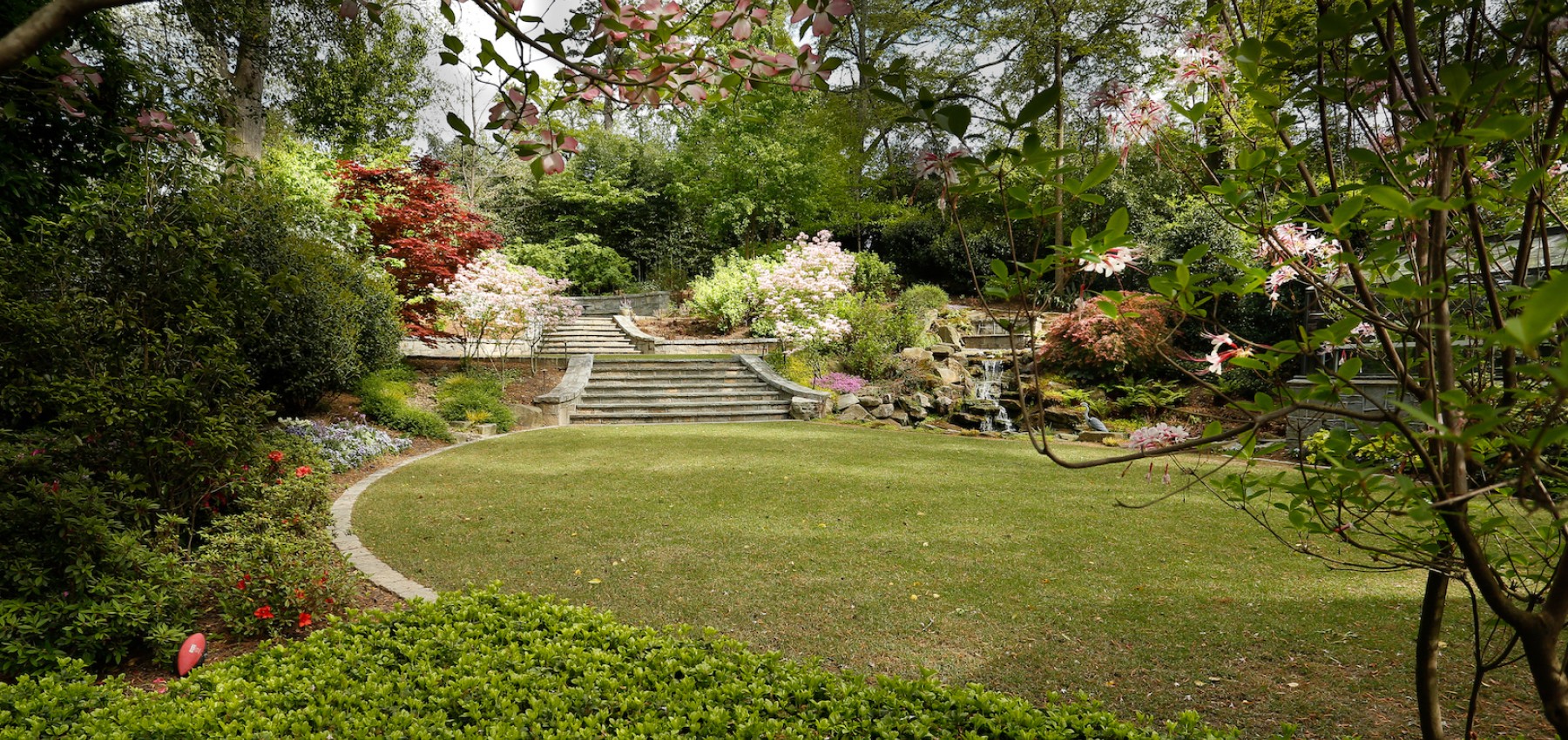Our Landscapers PDFs
About Landscapers
Table of ContentsLandscapers Can Be Fun For EveryoneLandscapers - The FactsLandscapers Fundamentals ExplainedGetting The Landscapers To WorkThe Best Strategy To Use For LandscapersLandscapers Fundamentals Explained
- A yard attribute where water is stood for by an accumulated rock product, normally a crushed rock or granite.- A stone or flagstone patio, course, or sidewalk constructed without a concrete base.- A rock preserving or complimentary standing wall built without the usage of mortar. - An underground structure that accumulate water and enables it to slow percolate right into the soil around it.
Landscape layout that is suitable with a websites' atmosphere in both look and sustainability without negative impacts to the setting. Bordering in the landscape is a line of separation that creates visual rate of interest in the yard by separating one sector from an additional segment.
Areas can likewise have a sensation of "unit" offered by trees, various other growings, fencings, or screens. The landscape near the entrance to a structure.
Some Known Questions About Landscapers.
:max_bytes(150000):strip_icc()/GettyImages-154046398-c39f1daf45a84601b328d78ed8630660.jpg)
The component in a landscape style or location in a landscape that is meant to be most prominent. The focal factor can be a plant, stone, statuary, collecting space, or various other landscape function.

See This Report about Landscapers
Rock item, either rounded or fractured, that is fairly small- normally 1" or less. Reduced plants that are permitted or motivated to spread over an area. Can describe any type of "hard" yard elements consisting of statuary or rocks yet a lot of frequently is used to refer to courses, outdoor patios, and walls.: Height difference between the level of water in a fish pond (or the level of the pump if it rests outside the fish pond) and the top outlet of water which influences performance of the water pump in gph (gallons per hour). Dense bushes or click for more trees that create a fencing, display, or boundary.
A chemical made use of to manage weeds. Fence boards that run flat, usually utilized in modern or Japanese-inspired landscape styles. Lines that define rooms within a landscape idea. These frequently extend from edges or vital attributes of an existing framework. Appropriate use fictional lines can help the landscape feel linked to the home and various other elements.
A more relaxed yard controlled by curved instead than straight bed lines and a less stiff structure. Traditional PNW landscapes are casual. A plant that spreads more than preferred, or into environments where it does damage. Rose city has a list of invasive plants that must not be mounted in landscapes because they like this can spread out to forests or waterways and be challenging to regulate.
The Basic Principles Of Landscapers
Can include head positionings and coverage, pipeline sizing, GPM specifications, and products required to mount this system. Certified expert that creates landscapes, schooled in design and style as well as in cultivation.
The specialist who intends and develops landscape jobs, usually at a property or small business level with the significant layout inspiration on plantings. Landscape designers generally have less schooling than Landscape Architects and are not licensed. A completed landscape design, outlining all elements for the brand-new landscape. This generally takes the type of a drawing theoretically.
Using several plantings of the same range to load in an area in the landscape. This can lower upkeep and water usage in the garden.
A mix of cement, sand, and water that is made use of in stone masonry for establishing stones and joints. A layer of garden compost or bark dirt applied at the base of a plant. A mass planting of moss. A plant that existed in a geographic location prior to people began changing the landscape.
Rumored Buzz on Landscapers
Exactly how the yard or a yard aspect is prepared in connection to an existing or new feature or to an instructions. Yards that are not cut yet grown in landscapes as perennials.

Tiny round gravel. Plants that give seasonal interest and then die back in the winter season. Annuals do not return the adhering to season, yet perennials do. Winter grass that is one of the most common lawn grass in Portland, OR et cetera of the PNW.An open roofed framework over a patio or various other landscape function.
The most typical landscape gravel in the PNW. Location of the landscape created to deal with rain water up until it can saturate right into the ground.
Producing a yard attribute consisting primarily of rocks with growings that complement and can prosper in the rough atmosphere. Lawn sprinkler head style that revolves a stream find more info of water throughout a location.
The Best Strategy To Use For Landscapers
